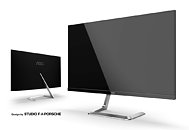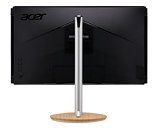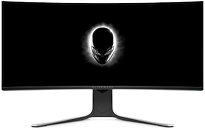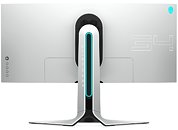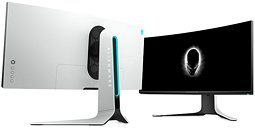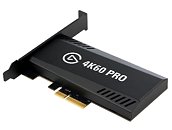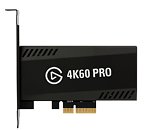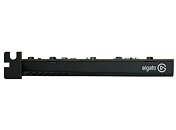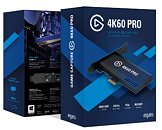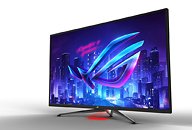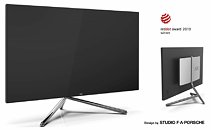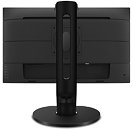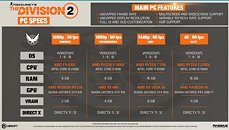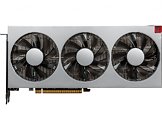AOC today announced two new entries to its monitor line-up, developed in partnership with Porsche's design studios. The U32U1 and Q27T1 are two wholly different beasts, so we'll take them one step at a time. The smaller monitor, the Q27T1, features a 27" IPS panel with a QuadHD (2560 x 1440) resolution, covering 90% of the NTSC color space and 107% of the RGB one. Brightness stands at 350 nits, just shy of an HDR certification, and connectivity is limited to 2x HDMI and 1x DisplayPort. Design-wise, it's a minimalist beauty, with its asymmetrical metal stand and a nice touch on the back of the panel. It won't absolutely break the bank if you're a design-conscious user: at £279, it depends on how much you value aesthetics.
The AOC U32U1, on the other hand, comes packing technology to the brim, and should be considerably more expensive. The 32" IPS panel features a 4K resolution, atop a 10-bit panel which offers 90% coverage of the DCI-P3 color space - a much more interesting proposition for professionals or just the most color-conscious users. There's VESA DisplayHDR 600 certification, and support for HDR10. The trident-like, three-pronged stand is one we haven't seen before, and props up the monitor and its number of display connectors: 1x HDMI 2.0, 1x HDMI 1.4, 1x DisplayPort 1.2, 1x USB-C 3.0 with 65 W output, and 4x USB 3.1 (downstream). Pricing on this piece of tech still hasn't been disclosed, and it will release closer to the end of 2019.








